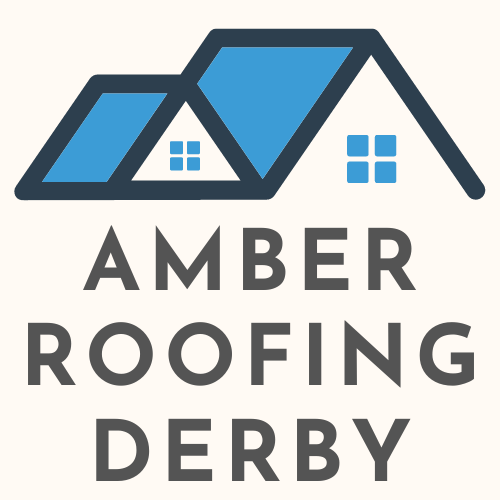Flat Roofing
For The Best in Roofing Services
Call us Now!
Amber Roofing specialise in all types of roofing
We Are Professional Roofing Contractors that are Proud to Serve Nottingham and Surrounding Local Towns and Villages.
A flat roof is a roof that is almost level in comparison to the rest of the house. They are common in warm climates and can be made from a variety of materials, such as asphalt, concrete, metal, or rubber. Flat roofs are more susceptible to leaks than sloped roofs because they don’t have the same kind of drainage. To help prevent leaks, make sure to have your flat roof inspected regularly and repaired as needed. If you live in an area with a lot of snowfall, you may want to consider adding a layer of insulation to your flat roof to help keep it from collapsing.
A flat roof is a type of roof where the roof surface is level or nearly level. While there may be a slight pitch to the roof, it is not enough to allow for drainage. Flat roofs are common in commercial and industrial buildings, but can also be found on some homes.
There are a few different types of flat roofs, including:
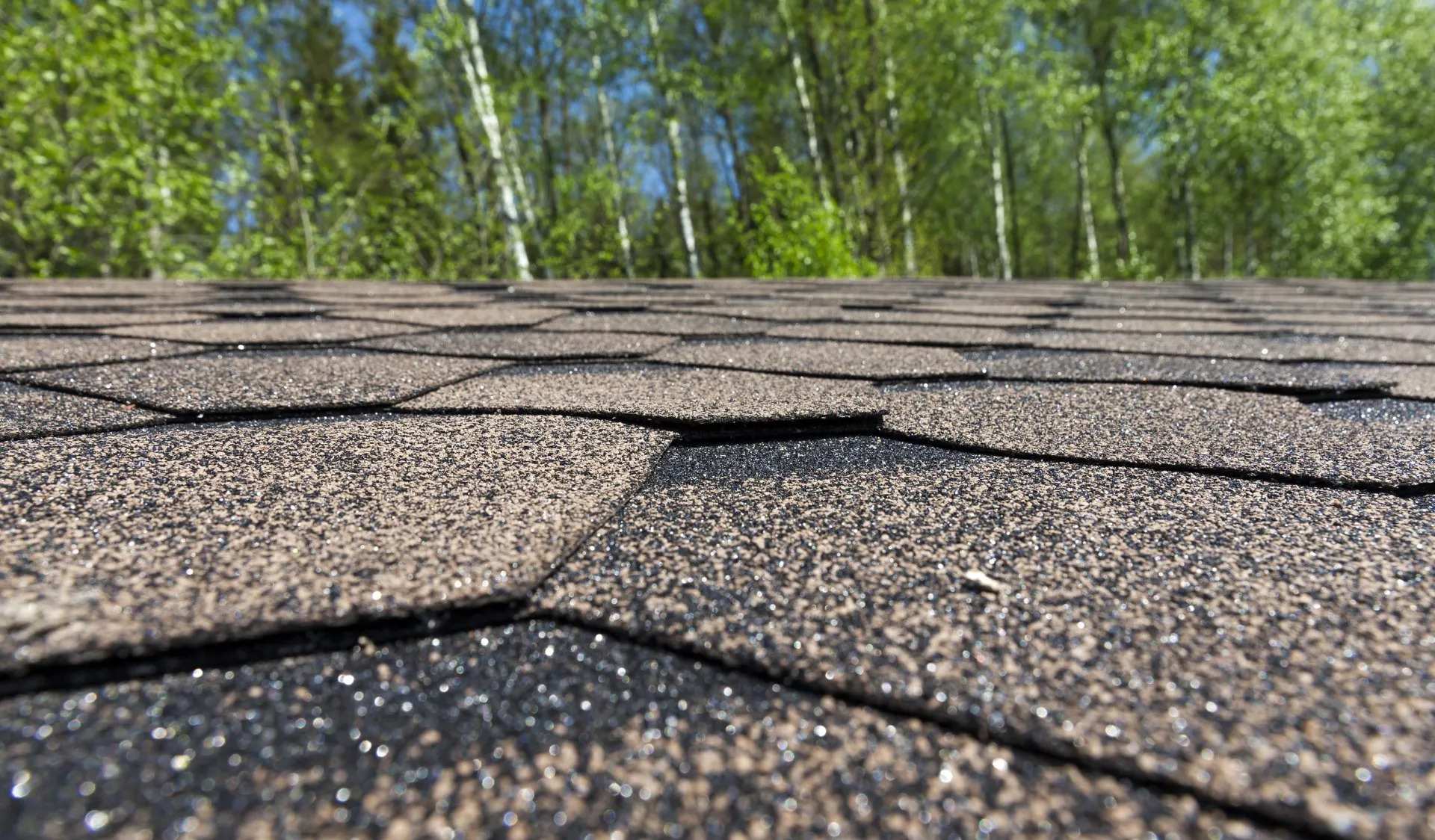
Built-up Roof
A built-up roof (BUR) is composed of multiple layers of asphalt and gravel. This type of roof is very durable and can last for 20-30 years with proper maintenance.

Single-Ply Membrane Roof
A single-ply membrane roof is a continuous layer of material that covers the entire roof surface. Common materials for single-ply membranes include PVC and TPO. Single-ply membrane roofs are relatively easy to install and can last 20-30 years with proper maintenance.

Metal Roof
A metal roof is composed of metal panels that are fastened to the roof deck. Metal roofs are very durable and can last 40-50 years with proper maintenance.
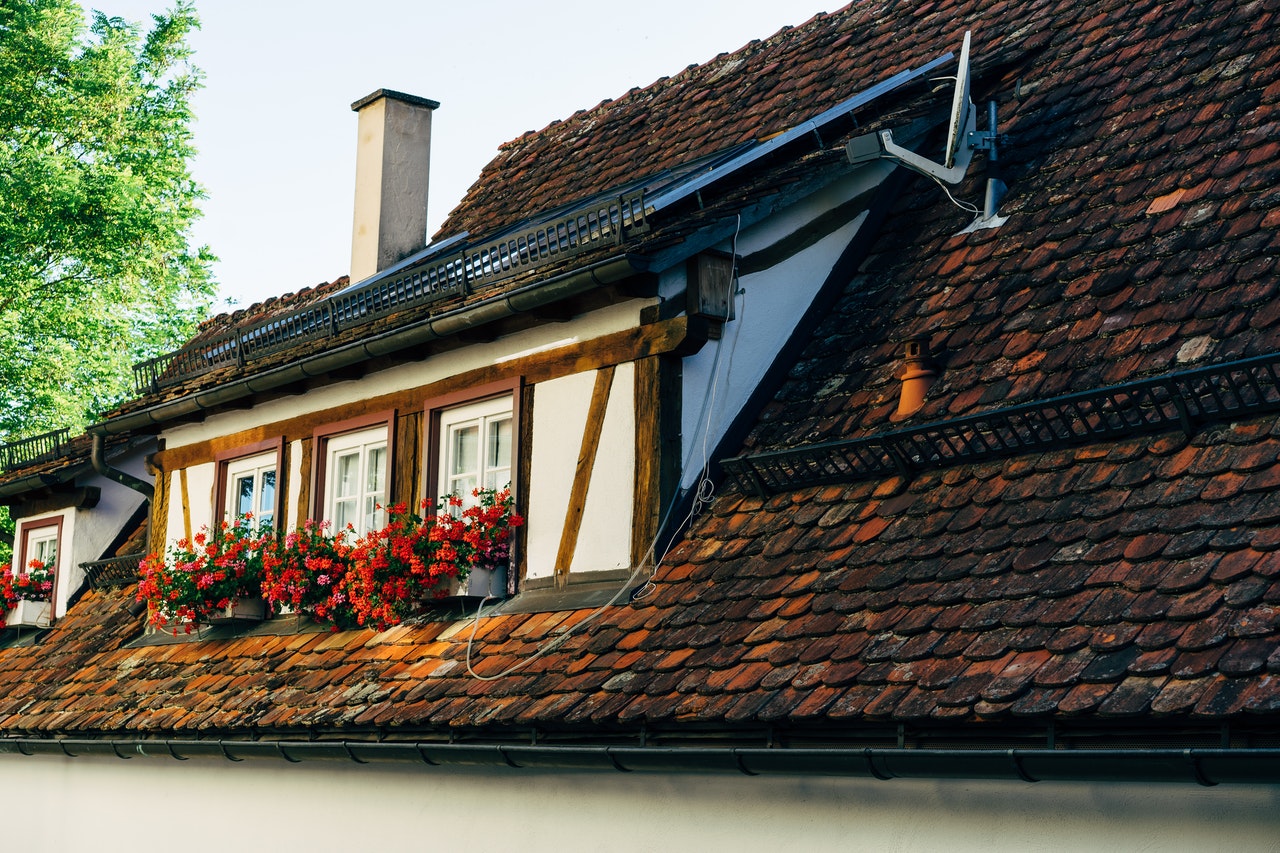
EPDM Rubber Roof
If you’re looking for a durable, long-lasting roofing material, then look no further than EPDM rubber roofing. This synthetic rubber membrane is designed to withstand extreme weather conditions and provide superior protection against leaks and water damage. Plus, it’s easy to install and repair, making it a popular choice for both commercial and residential flat roofs.
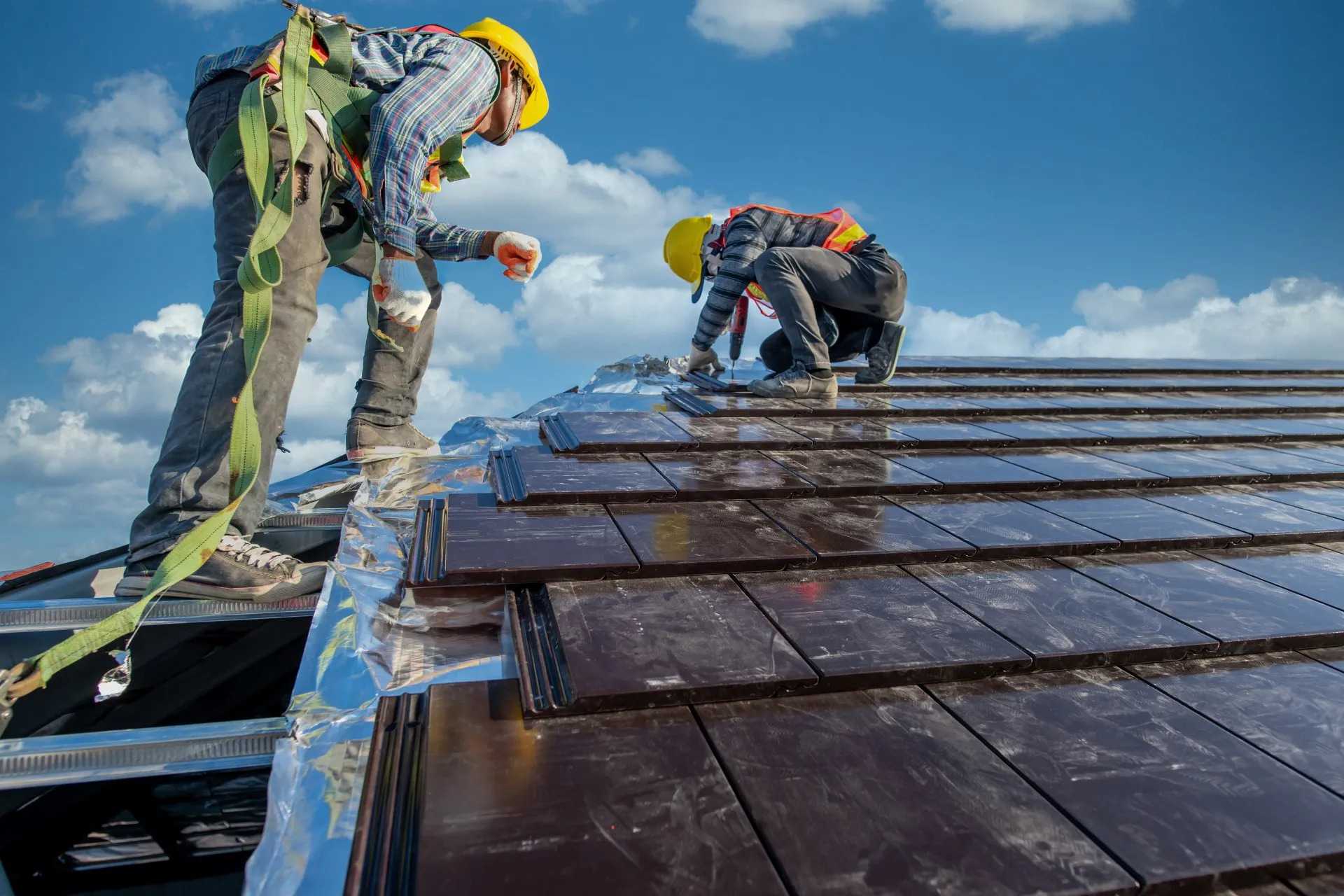
GRP Fibreglass Roof
If you’re looking for a roofing material that is both durable and aesthetically-pleasing, then GRP fibreglass roofing may be the right choice for you. This type of roofing is made from glass-reinforced plastic, which is strong yet lightweight. It’s also available in a variety of colours, so you can find an option to match your home or business’ exterior. Plus, it’s easy to maintain and can last for decades with proper care.
Flat roofs require more maintenance than pitched roofs, as they are more susceptible to leaks and ponding water. It is important to have a professional inspect your flat roof regularly to ensure that it is in good condition. If you do not maintain your flat roof, it will likely need to be replaced sooner than if it was properly maintained.
Flat roofs are a popular choice for commercial buildings, as they are less expensive to install and maintain than pitched roofs. However, it is important to keep in mind that flat roofs require more maintenance than pitched roofs and will likely need to be replaced sooner if they are not properly maintained. When choosing a roofing system for your commercial building, be sure to consider all of your options and choose the one that best suits your needs.
If you are in need of flat roof services, be sure to contact a qualified contractor. They will be able to assess the condition of your roof and recommend the best course of action. Flat roof replacement is a big job, so it is important to make sure that you are working with a reputable company that can provide you with a warranty on their workmanship.
How Often Should A Flat Roof Be Replaced?
Flat roofs generally have a shorter lifespan than pitched roofs, and need to be replaced more frequently. Depending on the materials used, a flat roof should be replaced every 20-30 years. However, if properly maintained, some flat roofs can last up to 50 years. If you are unsure how old your flat roof is, or if it has been properly maintained, it is best to consult a professional roofing contractor to assess its condition.
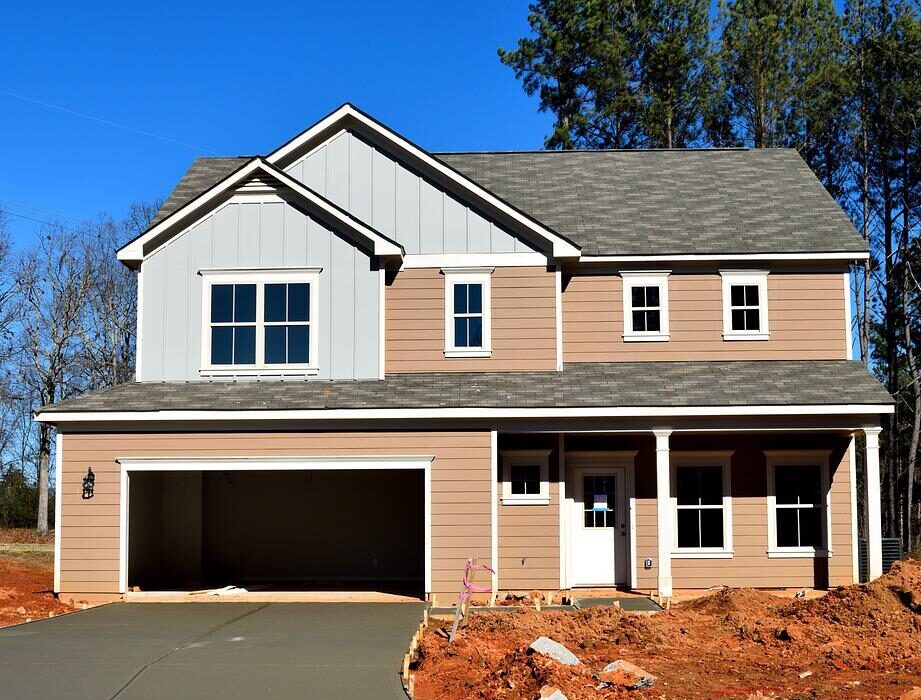
What Are The Pros And Cons Of A Flat Roof?
There are several pros and cons to having a flat roof. One advantage is that they provide more space on top of the building, which can be used for a variety of purposes such as solar panels, gardens, or extra storage. They are also easier to construct and maintain than pitched roofs. However, flat roofs have some disadvantages as well. They are not as good at shedding snow and ice, which can lead to build-up and possible damage. They also tend to hold heat in, which can make your building warmer in the summer and cooler in the winter. Overall, it is important to weigh the pros and cons before deciding if a flat roof is right for you.
There are several pros and cons to consider when deciding if a flat roof is a right choice for your home or business. Flat roofs are less expensive to build than pitched roofs, and they offer more usable space on top of the building.
However, flat roofs are more susceptible to leaks and require more maintenance than pitched roofs. Here is a closer look at the pros and cons of flat roofs:
Pros
- Less expensive to build
- More usable space on top of the building
- Easier to install solar panels and other rooftop equipment
Cons
- More susceptible to leaks
- Require more maintenance
- Not as aesthetically pleasing as a pitched roof
Ultimately, the decision of whether to choose a flat roof or pitched roof for your building depends on your budget, needs and preferences. If you are looking for a more cost-effective option, a flat roof may be the right choice for you. However, if you are concerned about leaks or maintenance, a pitched roof may be a better option.
How Do You Maintain A Flat Roof On A House?
There are a few key things you need to do in order to maintain a flat roof on your house. First, you need to make sure that the roof is properly ventilated. This will help to prevent moisture buildup, which can lead to problems like mould and mildew. Second, you need to inspect the roof regularly for any signs of damage or wear. If you see any cracks or holes, you’ll need to repair them as soon as possible to prevent water from leaking in and causing further damage. Finally, you should also have the roof professionally cleaned every few years to remove any dirt and debris that could clog up the drainage system. There are a few key things to keep in mind when it comes to maintaining a flat roof on a house:
1. Make sure the roof is cleaned regularly. This means sweeping away any debris, leaves, and dirt that accumulate on the surface.
2. Inspect the roof regularly for any signs of damage or wear and tear. If you notice any cracks or leaks, be sure to have them repaired as soon as possible.
3. Apply a sealant or coating to the roof every few years to help protect it from weather damage and UV rays.
4. If there are any gutters or drains installed on the flat roof, make sure they are kept clear of debris so water can flow freely through them.
5. Have the roof inspected by a professional at least once a year to catch any problems early on.
Following these simple tips will help you keep your flat roof in good condition for many years to come. If you have any questions or concerns, be sure to consult with a roofing expert.
Which Is Best? A Pitched Or Flat Roof Extension?
There are pros and cons to both pitched and flat roof extensions, so it really depends on your specific needs and preferences as to which is best for you. Pitched roofs are more traditional and can give your home a more classic look, while flat roofs are more modern and can create a sleek, minimalist aesthetic.
Pitched roofs are better at shedding-off snow and rain, which can be important if you live in an area with harsh winters. They’re also typically more structurally sound than flat roofs. However, pitched roofs can be more expensive to build and maintain, and they may not be the best choice if you’re looking to add extra living space, since the slope of the roof can limit headroom.
Flat roofs, on the other hand, are cheaper to build and easier to maintain. They’re also better suited for adding extra living space since there’s no slope to limit headroom. However, flat roofs can be more vulnerable to leaks and they may not shed snow and rain as well as pitched roofs.
Ultimately, the decision of which type of roof extension is best for you will come down to your specific needs and preferences. If you’re looking for a traditional look, go with a pitched roof. If you’re looking for extra living space, go with a flat roof. And if you’re looking for something in between, consider a hybrid solution that combines elements of both pitched and flat roofs. Whichever route you choose, make sure to work with a qualified roofing contractor to ensure that your new roof extension is built to last.
Call Amber Roofing Derby
For all your Flat Roofing Requirements
Free Quote – Free Advice
